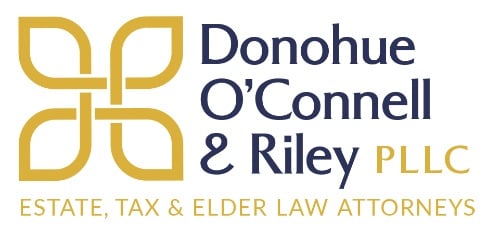News, 529 College Savings Plan, Home Equity, higher education
Strategies to Pay for Higher Education

The cost of higher education can be daunting. Whether your children plan to attend trade schools, community college, four-year bachelor’s degree programs or even graduate or professional schools, finding ways to make higher education costs fit your family’s budget can be challenging. Many parents know about the basic approaches to paying higher education – scholarships, grants, loans, work study etc. – but few find additional options. Luckily the strategic solutions here can help you fund your children’s education expenses while continuing to prioritize retirement savings.
529 College Savings Plan
A 529 College Savings Plan is a commonly used tax-advantaged financial tool that helps many parents and students save and pay for education programs. The most common tax advantage associated with 529 plans is the ability to make tax-free withdrawals from the account for any qualified education costs, including costs for primary and secondary education and books, fees, room and board at the college and graduate school level. In addition, a 529 plan can be a useful tool in estate planning, since assets in 529 accounts do not count toward your taxable estate but are still under your control. Some states also offer limited tax deductions for setting up these accounts, and contribution limits vary from state to state.
Home Equity
Using home equity is a popular way of paying for college. Refinancing your home or taking out a home equity line of credit can give you enough liquidity to cover education expenses. It is important to note, however, that this strategy can be risky. If you are counting on using your home equity to supplement retirement income, using it to pay for a child’s college could put those retirement plans in jeopardy. It is useful to remember that borrowing to finance education is much easier than borrowing to finance your retirement.
Life Insurance
One way of saving for education expenses is paying for them through withdrawals from an existing life insurance policy. Holding a whole or universal life insurance policy is an excellent, low-risk way to protect your family in the event of your death, but it can also be used as a tax-free savings account. Whole life policies accumulate a cash value over time, against which you can borrow money. The cash value stored in your life insurance policy is usually not considered in financial aid calculations, so it is possible to tap into that cash value without reducing your student’s financial aid award.
Employment at a Parent’s Business
If you happen to own a business, employing your child can be a smart way of transferring them money tax-free for their college education. The annual individual income tax exemption as of 2020 is $12,400. This means that if you employ your child starting at age 14, you can pay them nearly $50,000 tax free to go toward college before they step on campus. You can also keep them on the payroll throughout their time at college and even graduate school for additional tax savings. If you are a business owner in a relatively high tax bracket, redirecting some of your salary to your children can save you thousands in taxes and effectively make higher education costs nearly 100% tax deductible. Of course, the child should perform meaningful work for the business, and must be compensated fairly.
If these any methods apply to your situation, they could dramatically reduce the cost of higher education for your child. For more details about how these strategies could help you, we recommend scheduling an appointment with an attorney at Donohue, O’Connell & Riley, and be sure to take a look at our upcoming higher education puzzle booklet at docrlaw.com.
By Carla Vercellone and Peter O’Keefe (Legal Interns at Donohue, O'Connell & Riley)
September 3, 2020

